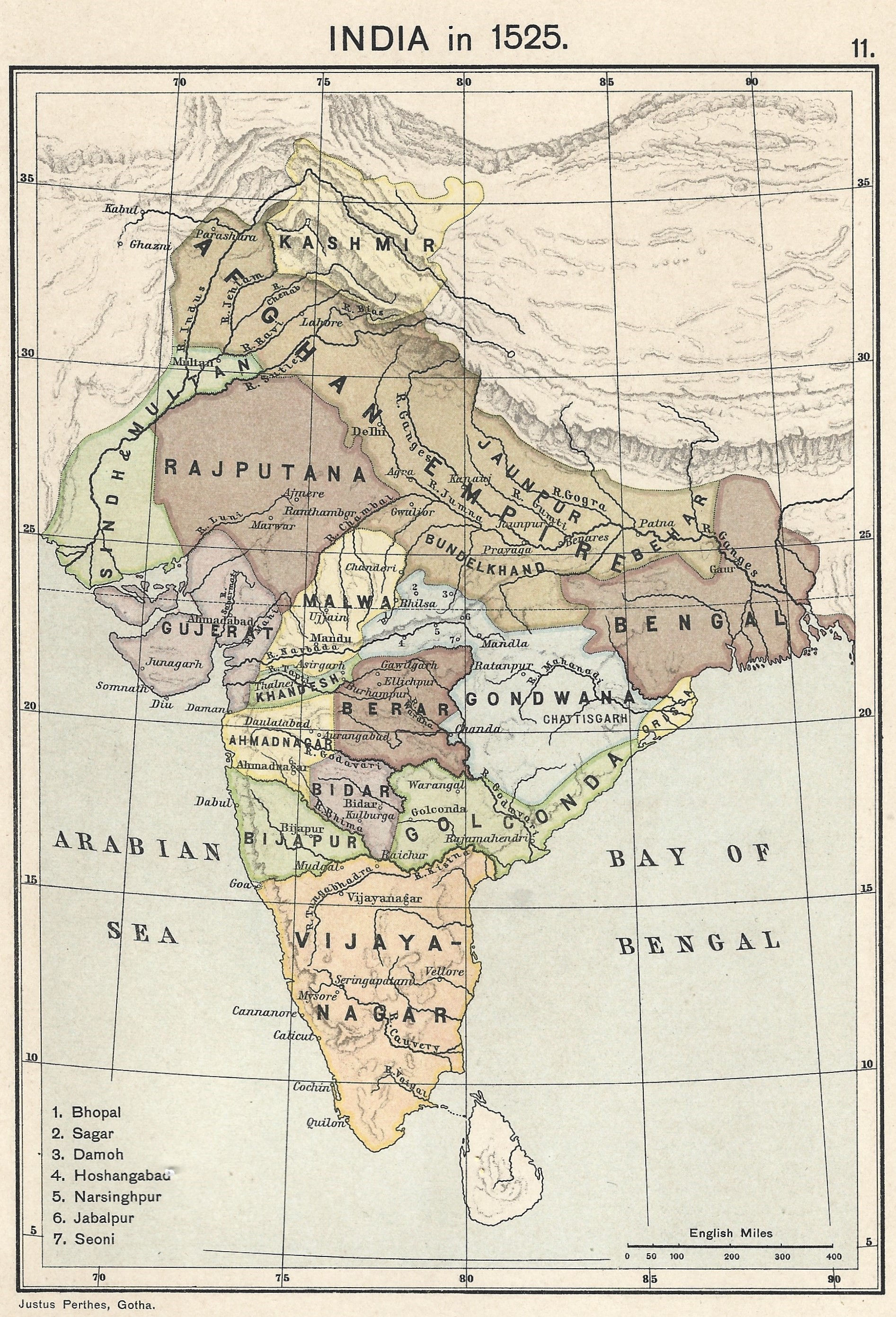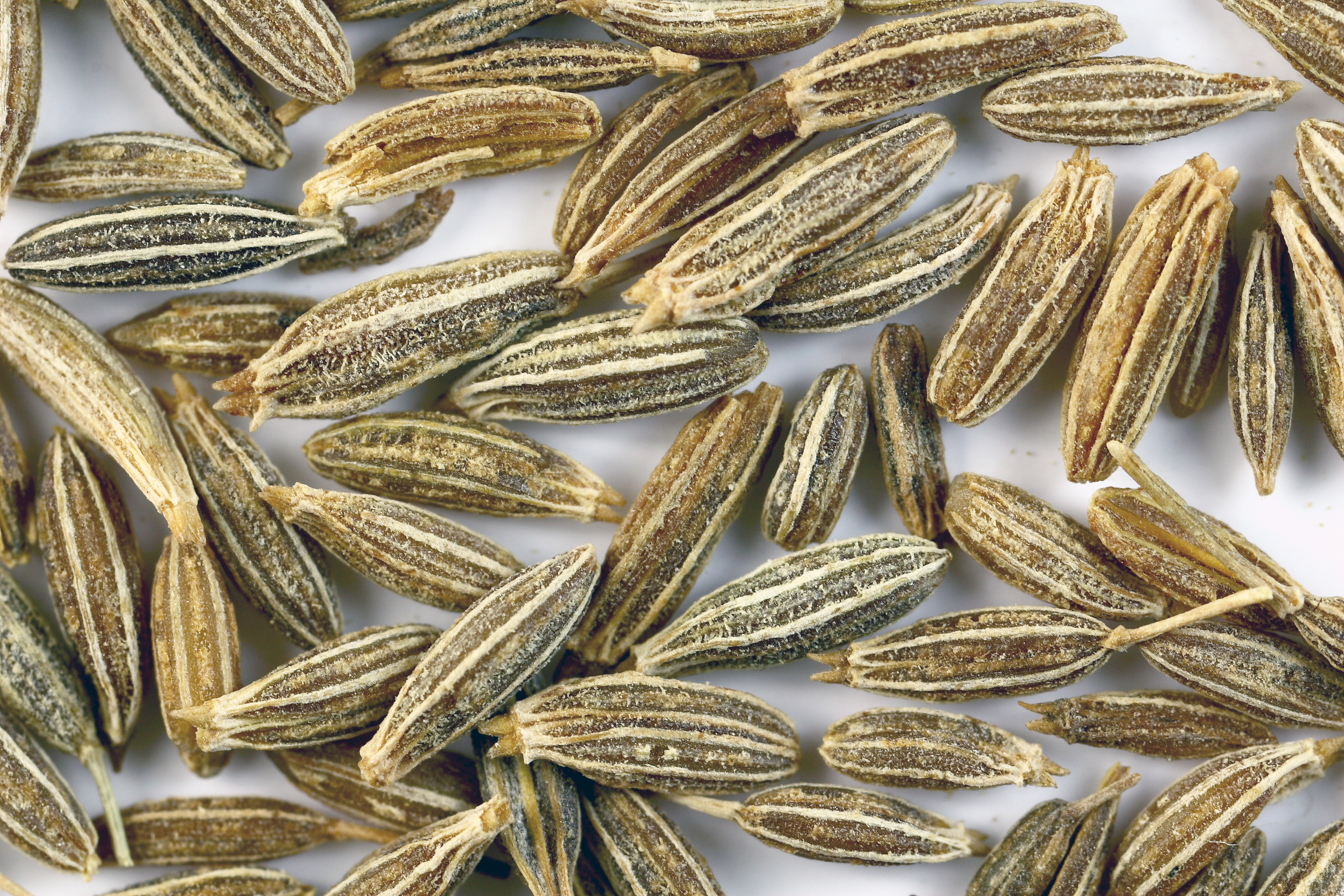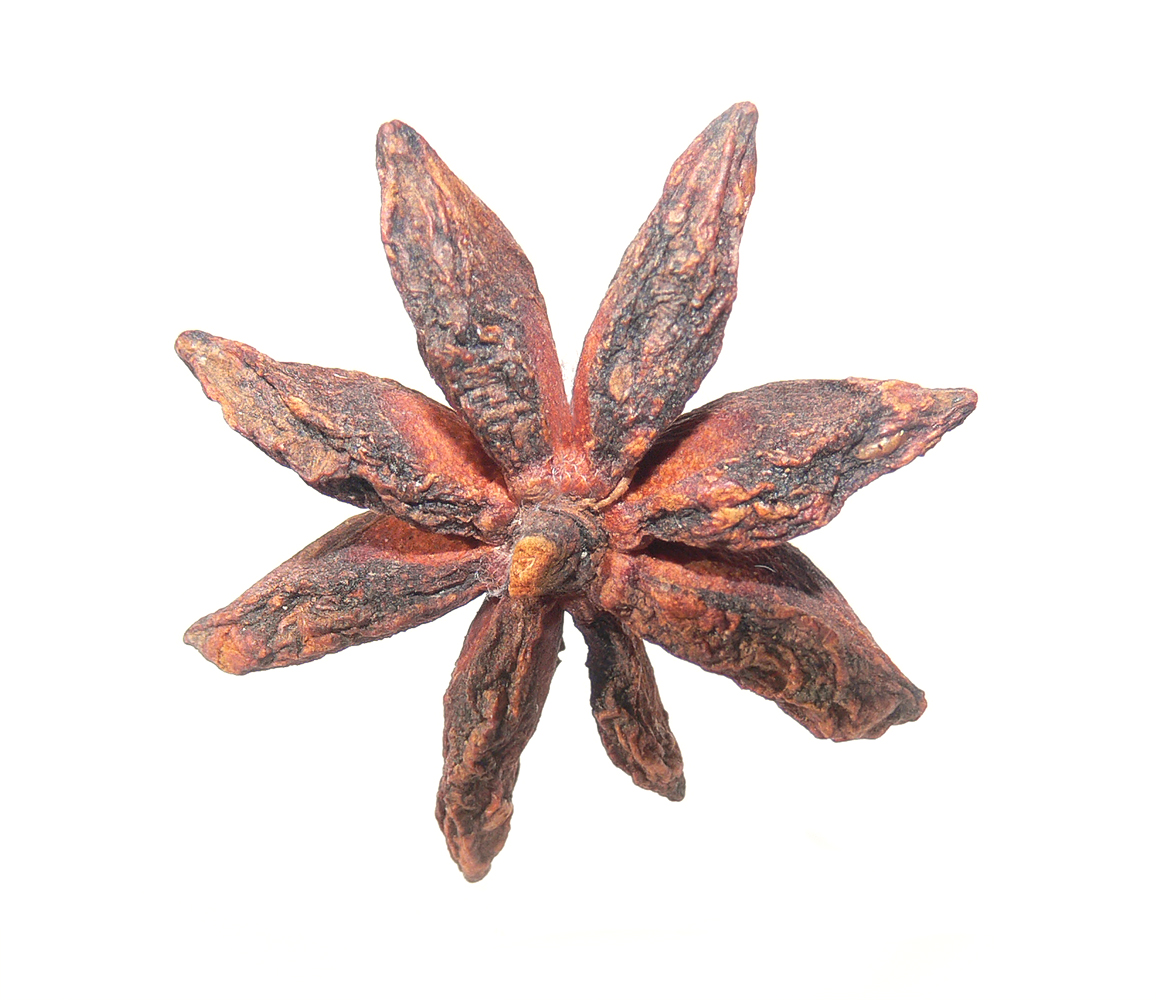|
Roust
Roust is a Bengali dish, possibly originating in Old Dhaka, Bangladesh (Eastern Bengal, now Bangladesh). The dish is influenced by the Mughlai cuisine of the Mughal Empire. The dish is known for including a large array of spices and ingredients and being a little sweet and very rich. The dish has developed several regional variants. Roust is made during almost all celebratory times in Bengal, especially during Eid al-Fitr, where it is an important dish always included. However, the dish is made anytime important guests are coming over. The dish is very popularly made in restaurants in Dhaka, Rajshahi and Bogra in Bangladesh as well as they do. Influence The dish was influenced by the Mughal cuisine of the Sultans of Bengal and the Mughal Emperors. The Persian and Arabs were known for their large amount of aromatic spices but limited amount of spiciness. Rôst reflects this type of culinary style while using more than 10 different spices they are all mild and instead add much richer ... [...More Info...] [...Related Items...] OR: [Wikipedia] [Google] [Baidu] |
Old Dhaka
Old Dhaka () is a term used to refer to the historic old city of Dhaka, the capital of Bangladesh. It was founded in 1608 as Jahangirabad or Jahangirnagar (), the capital of Bengal Subah, Mughal Province of Bengal and named after the Mughal emperor Jahangir. It is located on the banks of the Buriganga River. It was one of the largest and most prosperous cities of the Indian subcontinent and the center of the worldwide muslin trade. The then Nawabs of Bengal and Murshidabad, Nawab of Bengal Murshid Quli Khan, later shifted the capital from Dhaka to Murshidabad in the early-18th century. With the rise of Calcutta (now Kolkata) during British Raj, British rule, Dhaka began to decline and came to be known as the "City of Magnificent Ruins". The British however began to develop the modern city from the mid-19th century. Old Dhaka is famous for its variety of foods and amicable living of people of all religions in harmony. The main Muslim festivals celebrated with funfair here are ... [...More Info...] [...Related Items...] OR: [Wikipedia] [Google] [Baidu] |
Nutmeg
Nutmeg is the seed, or the ground spice derived from the seed, of several tree species of the genus '' Myristica''; fragrant nutmeg or true nutmeg ('' M. fragrans'') is a dark-leaved evergreen tree cultivated for two spices derived from its fruit: nutmeg, from its seed, and mace, from the seed covering. It is also a commercial source of nutmeg essential oil and nutmeg butter. Maluku's Banda Islands are the main producer of nutmeg and mace, and the true nutmeg tree is native to the islands. Nutmeg and mace, commonly used as food spices, have been traditionally employed for their psychoactive and aphrodisiac effects, though clinical evidence is lacking. High doses can cause serious toxic effects including acute psychosis, with risks heightened during pregnancy and with psychiatric conditions. Conifers of the genus '' Torreya'', commonly known as the nutmeg yews, have edible seeds of similar appearance, but are not closely related to ''M. fragrans'', and are not used as a spice ... [...More Info...] [...Related Items...] OR: [Wikipedia] [Google] [Baidu] |
Rajshahi
Rajshahi (, ) is a metropolis, metropolitan city and a major Urban area, urban, administrative, commercial and educational centre of Bangladesh. It is also the administrative seat of the eponymous Rajshahi Division, division and Rajshahi District, district. Located on the north bank of the Padma River, near the Bangladesh–India border, the city is surrounded by the satellite towns of Nowhata and Katakhali, which together build an urban agglomeration of about 1 million population. Modern Rajshahi Division, Rajshahi lies in the ancient region of Pundravardhana. The foundation of the city dates to 1634, according to epigraphic records at the mausoleum of Sufi saint Shah Makhdum. The area hosted a Dutch settlement in Rajshahi, Dutch settlement in the 18th century. The Rajshahi municipality was constituted during the British Raj in 1876. Rajshahi is a historic center of silk production. Varendra Research Museum, the oldest of its kind in Bangladesh, is located in the city. Someti ... [...More Info...] [...Related Items...] OR: [Wikipedia] [Google] [Baidu] |
Dhaka
Dhaka ( or ; , ), List of renamed places in Bangladesh, formerly known as Dacca, is the capital city, capital and list of cities and towns in Bangladesh, largest city of Bangladesh. It is one of the list of largest cities, largest and list of cities proper by population density, most densely populated cities in the world with a density of about 34,000 citizens per square kilometers within a total area of approximately 300 square kilometers. Dhaka is a megacity, and has a population of 10.2 million residents as of 2024, and a population of over 23.9 million residents in Greater Dhaka, Dhaka Metropolitan Area. It is widely considered to be the most densely populated built-up urban area in the world. Dhaka is an important cultural, economic, and scientific hub of Eastern South Asia, as well as a major list of largest cities in the Organisation of Islamic Cooperation member countries, Muslim-majority city. Dhaka ranks list of cities by GDP, third in South Asia and 39th in the worl ... [...More Info...] [...Related Items...] OR: [Wikipedia] [Google] [Baidu] |
Eid Al-Fitr
Eid al-Fitr () is the first of the two main Islamic holidays, festivals in Islam, the other being Eid al-Adha. It falls on the first day of Shawwal, the tenth month of the Islamic calendar. Eid al-Fitr is celebrated by Muslims worldwide because it marks the end of the Fasting in Islam, month-long dawn-to-dusk fasting (''sawm'') of Ramadan. The holiday is known under various other names in different languages and countries around the world. Eid al-Fitr has a particular that consists of two generally performed in an open field or large hall. It may only be performed in congregation () and features six additional (raising of the hands to the ears whilst reciting the Takbir, saying "Allāhu ʾAkbar", meaning "God is the greatest"). In the Hanafi school of Sunni Islam, there are three at the start of the first and three just before in the second . Other Sunni schools usually have 12 , similarly split in groups of seven and five. In Shia Islam, the has six in the first at th ... [...More Info...] [...Related Items...] OR: [Wikipedia] [Google] [Baidu] |
Mughal Empire
The Mughal Empire was an Early modern period, early modern empire in South Asia. At its peak, the empire stretched from the outer fringes of the Indus River Basin in the west, northern Afghanistan in the northwest, and Kashmir in the north, to the highlands of present-day Assam and Bangladesh in the east, and the uplands of the Deccan Plateau in South India.. Quote: "The realm so defined and governed was a vast territory of some , ranging from the frontier with Central Asia in northern Afghanistan to the northern uplands of the Deccan plateau, and from the Indus basin on the west to the Assamese highlands in the east." The Mughal Empire is conventionally said to have been founded in 1526 by Babur, a Tribal chief, chieftain from what is today Uzbekistan, who employed aid from the neighboring Safavid Iran, Safavid and Ottoman Empires Quote: "Babur then adroitly gave the Ottomans his promise not to attack them in return for their military aid, which he received in the form of the ... [...More Info...] [...Related Items...] OR: [Wikipedia] [Google] [Baidu] |
Bangladesh
Bangladesh, officially the People's Republic of Bangladesh, is a country in South Asia. It is the List of countries and dependencies by population, eighth-most populous country in the world and among the List of countries and dependencies by population density, most densely populated with a population of over 171 million within an area of . Bangladesh shares land borders with India to the north, west, and east, and Myanmar to the southeast. It has a coastline along the Bay of Bengal to its south and is separated from Bhutan and Nepal by the Siliguri Corridor, and from China by the List of Indian states, Indian state of Sikkim to its north. Dhaka, the capital and list of cities and towns in Bangladesh, largest city, is the nation's political, financial, and cultural centre. Chittagong is the second-largest city and the busiest port of the country. The territory of modern Bangladesh was a stronghold of many List of Buddhist kingdoms and empires, Buddhist and List of Hindu empir ... [...More Info...] [...Related Items...] OR: [Wikipedia] [Google] [Baidu] |
Chili Pepper
Chili peppers, also spelled chile or chilli ( ), are varieties of fruit#Berries, berry-fruit plants from the genus ''Capsicum'', which are members of the nightshade family Solanaceae, cultivated for their pungency. They are used as a spice to add pungency (spicy heat) in many cuisines. Capsaicin and the related Capsaicin#Capsaicinoids, capsaicinoids give chili peppers their intensity when ingested or topical application, applied topically. Chili peppers exhibit a range of heat and flavors. This diversity is the reason behind the availability of different types of chili powder, each offering its own taste and heat level. Chili peppers originated in Central or South America and were first cultivated in Mexico. European explorers brought chili peppers back to the Old World in the late 16th century as part of the Columbian Exchange, which led to the cultivation of List of Capsicum cultivars, multiple varieties across the world for food and traditional medicine. Five ''Capsicum'' sp ... [...More Info...] [...Related Items...] OR: [Wikipedia] [Google] [Baidu] |
Cumin
Cumin (, ; ; ''Cuminum cyminum'') is a flowering plant in the family Apiaceae, native to the Irano-Turanian Region. Its seeds – each one contained within a fruit, which is dried – are used in the cuisines of many cultures in both whole and ground form. Although cumin is used in traditional medicine, there is no high-quality evidence that it is safe or effective as a therapeutic agent. Etymology and pronunciation The term comes via Middle English ''comyn'', from Old English ''cymen'' (which is cognate with Old High German ''kumin'') and Old French cummin, both from the Latin term . This in turn comes from the Ancient Greek (), a Semitic languages, Semitic borrowing related to Hebrew language, Hebrew () and Arabic (). All of these ultimately derive from Akkadian language, Akkadian (). The English word is traditionally pronounced (), like "coming" with an ⟨n⟩ instead of ⟨ng⟩ (/ŋ/)."Cumin." '' A Way with Words'' (Radio broadcast/podcast). 25 October 2014. Re ... [...More Info...] [...Related Items...] OR: [Wikipedia] [Google] [Baidu] |
Chrysanthemum
Chrysanthemums ( ), sometimes called mums or chrysanths, are flowering plants in the Asteraceae family. They are native to East Asia and northeastern Europe. Most species originate from East Asia, and the center of diversity is in China. Countless horticultural varieties and cultivars exist. Description The genus ''Chrysanthemum'' are perennial herbaceous flowering plants, sometimes subshrubs. The leaves are alternate, divided into leaflets and may be pinnatisect, lobed, or serrate (toothed) but rarely entire; they are connected to stalks with hairy bases. The compound inflorescence is an array of several flower heads, or sometimes a solitary head. The head has a base covered in layers of phyllaries. The simple row of ray florets is white, yellow, or red. The disc florets are yellow. Pollen grains are approximately 34 microns. The fruit is a ribbed achene. [...More Info...] [...Related Items...] OR: [Wikipedia] [Google] [Baidu] |
Star Anise
''Illicium verum'' (star anise or badian, Chinese star anise, star anise seed, star aniseed and star of anise) is a medium-sized evergreen tree native to South China and northeast Vietnam. Its star-shaped pericarps harvested just before ripening are a spice that closely resembles anise in flavor. Its primary production country is China, followed by Vietnam and other Southeast Asian countries. Star anise oil is highly fragrant, used in cooking, perfumery, soaps, toothpastes, mouthwashes, and skin creams. Until 2012, when they switched to using genetically modified '' E. coli'', Roche Pharmaceuticals used up to 90% of the world's annual star anise crop to produce oseltamivir (Tamiflu) via shikimic acid. Etymology and nomenclature ''Illicium'' comes from the Latin meaning "entice" or "seduce".Gledhill, David (2008). "The Names of Plants". Cambridge University Press. (hardback), (paperback). pp 210, 400 ''Verum'' means "true" or "genuine". The name "badian" appears to ... [...More Info...] [...Related Items...] OR: [Wikipedia] [Google] [Baidu] |
Sugar
Sugar is the generic name for sweet-tasting, soluble carbohydrates, many of which are used in food. Simple sugars, also called monosaccharides, include glucose Glucose is a sugar with the Chemical formula#Molecular formula, molecular formula , which is often abbreviated as Glc. It is overall the most abundant monosaccharide, a subcategory of carbohydrates. It is mainly made by plants and most algae d ..., fructose, and galactose. Compound sugars, also called disaccharides or double sugars, are molecules made of two bonded monosaccharides; common examples are sucrose (glucose + fructose), lactose (glucose + galactose), and maltose (two molecules of glucose). White sugar is almost pure sucrose. In the body, compound sugars are hydrolysed into simple sugars. Longer chains of monosaccharides (>2) are not regarded as sugars and are called oligosaccharides or polysaccharides. Starch is a glucose polymer found in plants, the most abundant source of energy in human foo ... [...More Info...] [...Related Items...] OR: [Wikipedia] [Google] [Baidu] |








